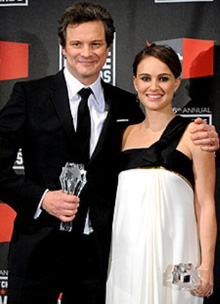 Delusions of Gender by Cordelia Fine is an example of that rare science book that sets me on a new way of thinking. That’s not to say I found it perfect — there is much to disagree with between its covers, some of which I will abstract here — but for framing and displaying the Big Questions that guide us as scientists, it has few parallels.
Delusions of Gender by Cordelia Fine is an example of that rare science book that sets me on a new way of thinking. That’s not to say I found it perfect — there is much to disagree with between its covers, some of which I will abstract here — but for framing and displaying the Big Questions that guide us as scientists, it has few parallels.
It seems the only uninterrupted (read: Internet-free) time I have to read is on airplanes. The time between boarding and achieving cruising altitude, and the mirror-image process of landing, is a time that all electronic devices are stowed, and therefore a perfect time for an old-fashioned, paper and pasteboard book.
I was sitting on the plane to Seattle, engaging in my usual practice of “eavesdropping” on what the person to my right was reading.
It was the book Bringing Up Boys by James Dobson. The passage at the top of the page he was reading (page 15, to be precise) said:
“Think for a moment about the above quotes from Steinem, Greer, and the other early feminists. Most of them were never married, didn’t like children, and deeply resented men, yet they advised millions of women on how to raise their children and, especially, how to produce healthy boys. There is no evidence that Steinem or Greer ever had any significant experience with children of either sex. Isn’t it interesting that the media (to my knowledge) never homed in on that incongruity? And isn’t it sad that these women were allowed to twist and warp the attitudes of a generation of kids?”
What I was reading was like a sort of Ode on a Grecian Urn of Nonsense, a perfection in stupidity. How did Dobson know that early feminists “deeply resented men” and “didn’t like children”? That damn mainstream media dropped the ball again, by refusing to expose the perfidy of people fighting for basic human rights. I’m not even sure what the evidence is for either Steinem or Greer “advis[ing] millions of women on how to raise children”. Sure, I know they wrote on the subject, but as an adolescent at the time, I don’t recall a lot of my peers’ parents following Greer’s advice to raise us like Tahitians. I don’t recall a single lavalava being worn to classes in my high school.


